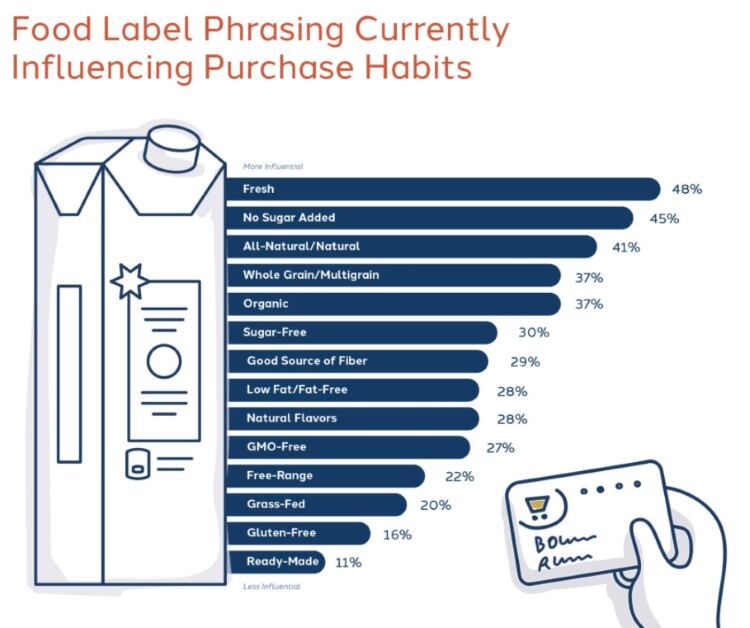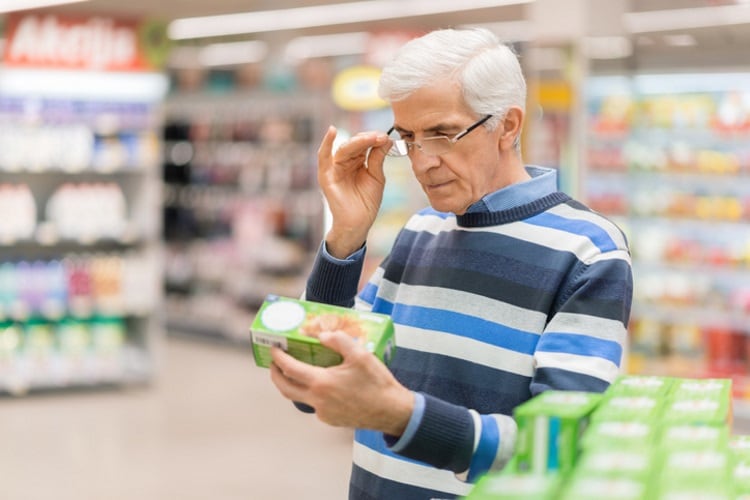Understanding the evolution of consumer behaviour has always been a foundational element of success for consumer packaged goods (CPG) brands.
There is no question, however, that the COVID-19 pandemic has shifted consumer patterns like never before.
According to Nielsen research, 54% of Americans are cooking more now than before the pandemic and savvy brands have hopped onto the bandwagon to leverage the increased demand for ease of at-home preparation.
Brands have also motivated to explore every vehicle available to ensure their products land in consumer shopping carts – be it instore or online.
Packaging, without a doubt, plays a big role in this, according to Shorr Packaging.
According to Aurora, Illinois-based food packaging solutions provider, the overwhelming response from its 1,100+ US consumer survey was packaging and food labels are a critical factor in the purchasing decision.
Survey highlights
A massive 70% of respondents claim they either ‘always’ read food labels, with only 0.5% admitting to never reading them.
This is set to change with 66% of consumers saying, thanks to the pandemic, they will pay even more attention to food labels and packaging moving forward.
The survey also found that 61% of respondents state that their purchasing habits have changed vastly because of the pandemic.
Over the past three months, 47% of respondents have purchased brands they did not know, motivated by the product’s packaging, while 62% say they’ve used third-party grocery apps to buy unfamiliar brands based solely on the item’s packaging.
However, online grocery shopping adoption wasn’t consistently high across the board, with only 37% of respondents aged 60+ buying groceries online, compared with 60% of 30-44-year-olds and 57% of 18-29-year-olds.
The packaging criteria that stood out for them? Unique design (28%), eco-friendly packaging (27%), language on the label (23%), product size (17%) and packaging colour (4%).
While 88% claim they will purchase these products again down the road, there was a downside with 66% of respondents feeling to have been ‘duped’ or ‘misled’. When asked why, answers ranged from perceived or actual increased cost (38%) to confusing language (10%).
When it comes to messaging, 64% claim to have paid more for a product that featured popular food label phrases – ‘fresh’ (48%), ‘no sugar added’ (45%) and ‘all natural/natural’ (41%) being the likeliest catch phrases.

Respondents aged 30-44 are most likely (71%) to pay more money for a product based on popular food labelling terms, followed by 18-29 (64%), 60+ (61%), and 45-60 (60%).
Despite respondents’ low appreciation for labels with the term ‘ready-made’ (11%), 42% of them admit to have purchased more products labelled as ‘pre-cooked’ or ‘stovetop-ready’ in the past three months.
Conversely, over a third say they avoid purchasing food products that display popular phrases, most notably male consumers.
Other packaging components respondents deem trustworthy include ingredients list (45.9%), brand/logo (16%), reviews (7%) and recycling symbols (1%).
However, eco-friendly packaging still packs a punch among consumers, with 58% of respondents stating they are ‘likely’ or ‘very likely’ to purchase products that clearly state the packaging is recyclable or reusable.
76% of respondents also felt foods marketed as ‘healthier’ should come in sustainable packaging.
54% of respondents say they would be willing to leave a review for a product if the packaging provided specific steps on how to recycle it.
55% of respondents say price is now more important than ever and will certainly affect their purchasing decisions.
One in five respondents admit to having taken a selfie with a item they’ve purchased to post onto social media.
“Consumers will be seeking greater assurance that the products they buy are free of risk and of the highest quality when it comes to safety standards and efficacy, particularly with respect to cleaning products, antiseptics and food items,” said Regan Leggett, executive director of Nielsen Global Intelligence.
So, as consumers continue to gauge which products to bring into their homes, food packaging design, packaging safety and sustainable packaging will continue to play an increasingly central role in their decision making process.
Shorr Packaging – one of the largest independent packaging distributors in the US – partners with food companies to develop solutions for package design and production, procurement and sourcing, shipping, freight logistics, warehousing and inventory management.


